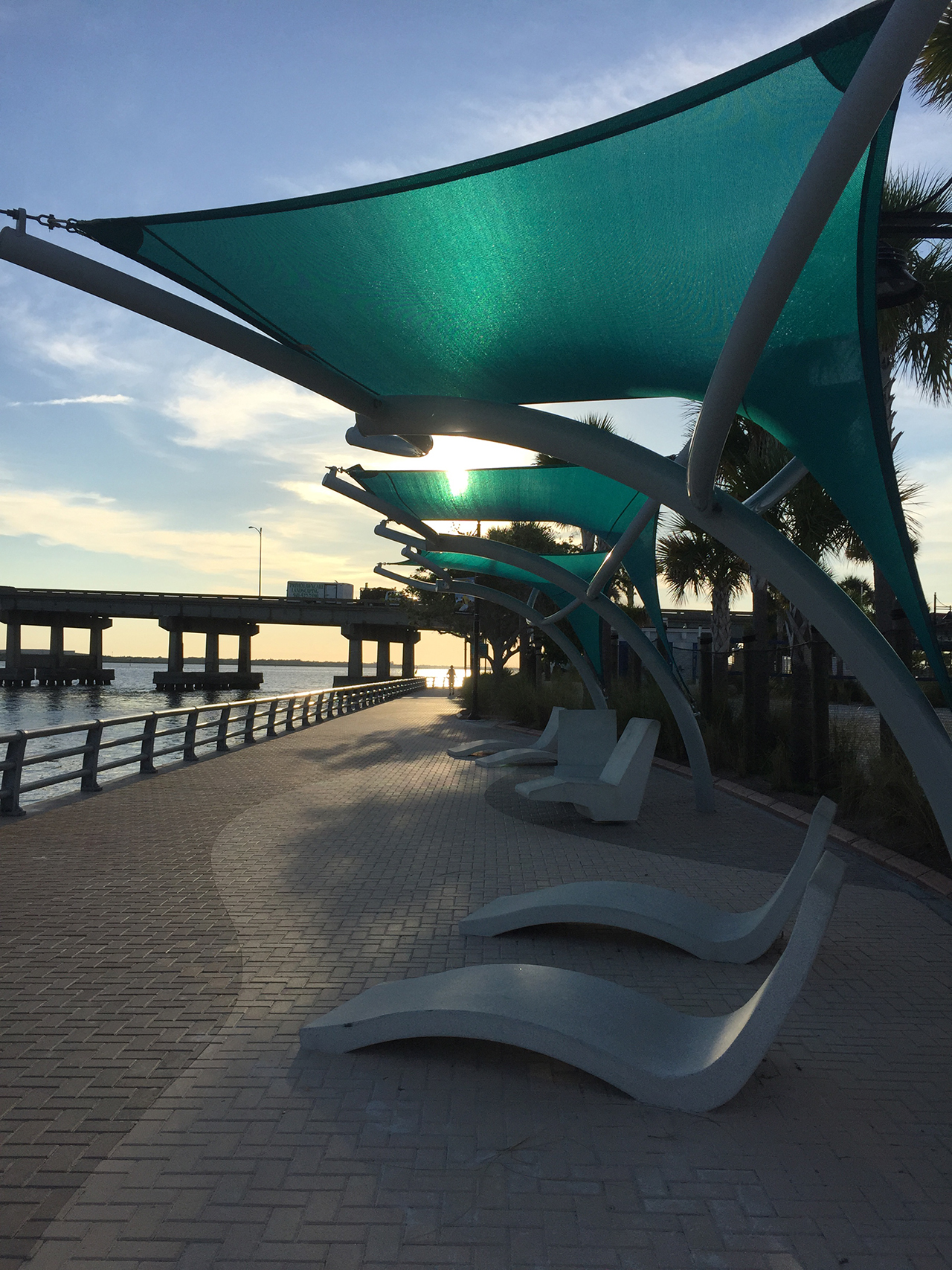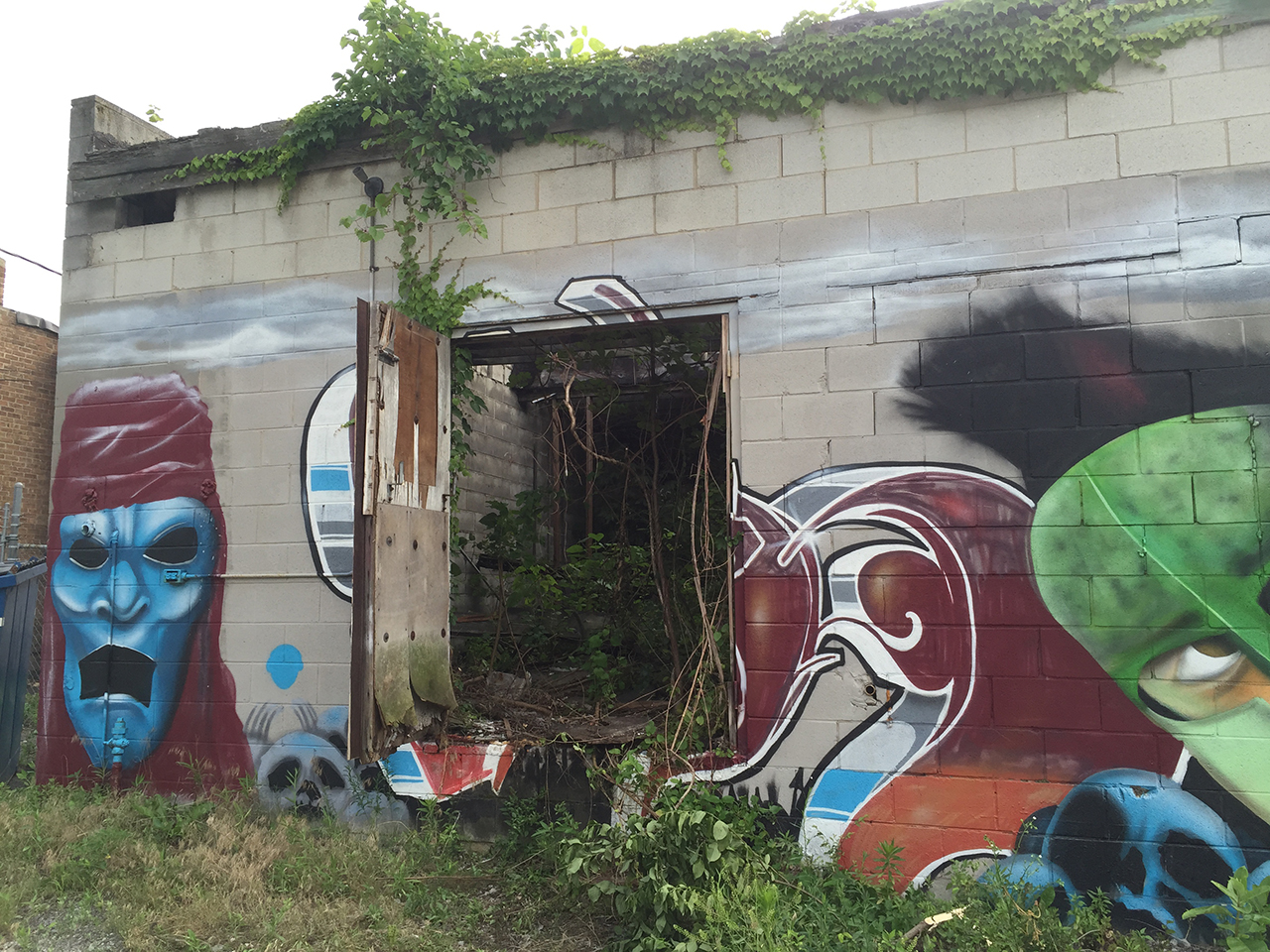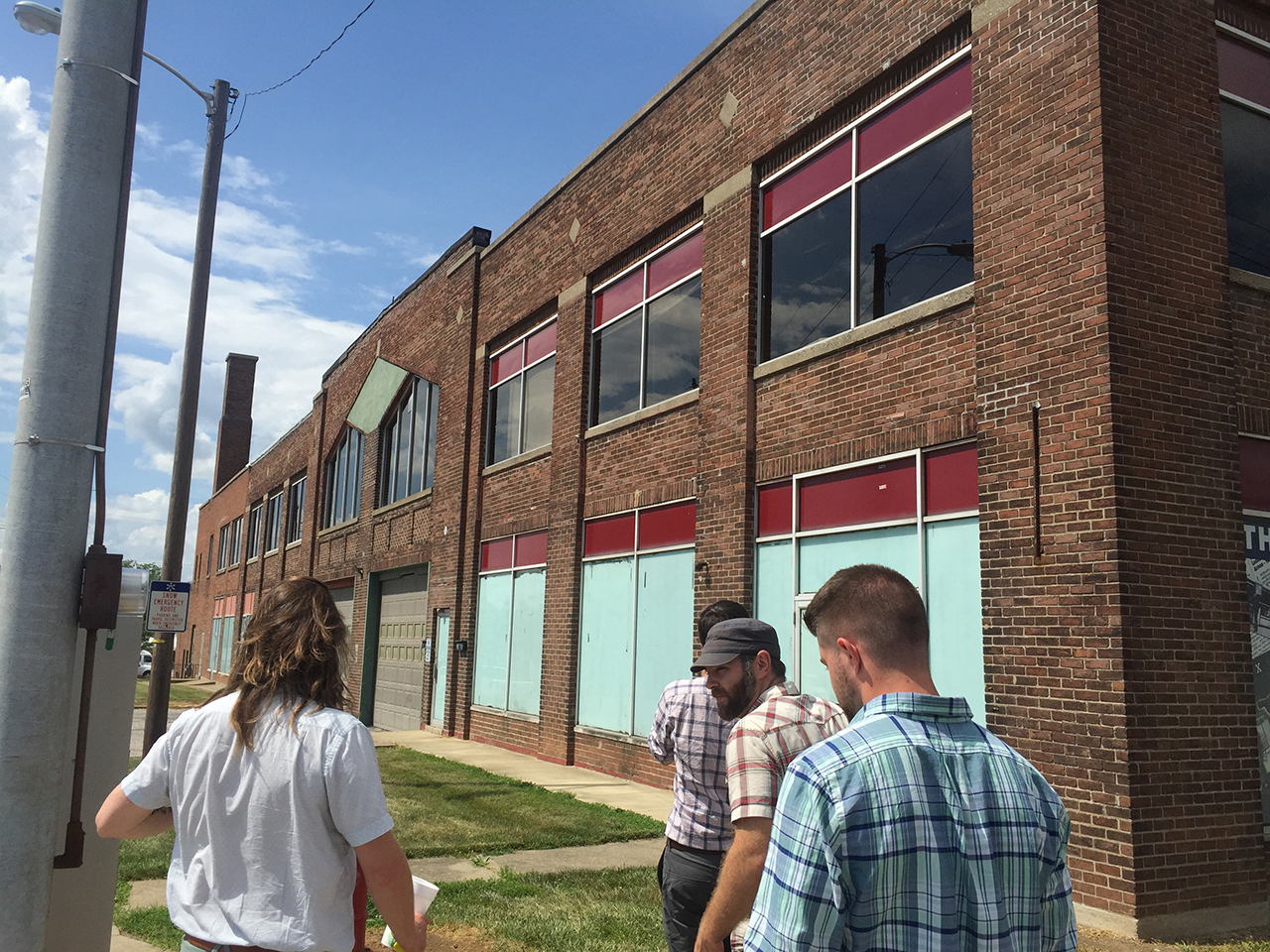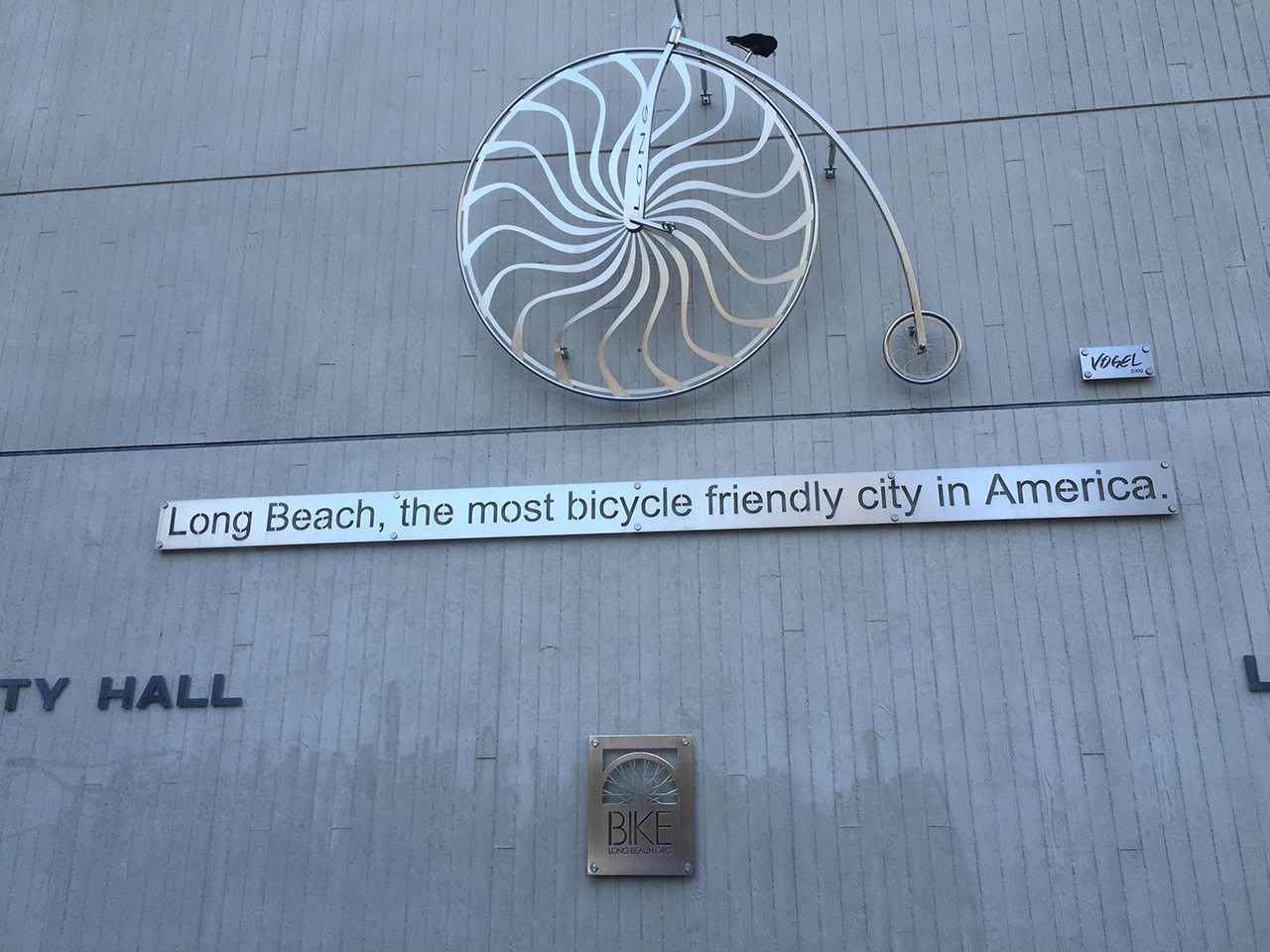
Local foundations help fulfill Knight’s mission in nonresident communities

Bradenton, Fla. by Lilly Weinberg.
And it’s begun. I’ve been working at Knight Foundation for several years, but I recently became our program director for community foundations. I’m traveling to all 18 of Knight Foundation’s nonresident communities to learn more about them and the people who make them successful cities.
These communities are all places where the Knight brothers once operated newspapers; they span from coast to coast across the United States. My job is to work with the community foundations in each place to invest in ideas that promote “informed and engaged” communities. Specifically, under the strategy of our Community and National Initiatives Program, we invest in civic innovators who help cities attract and retain talented people, expand economic opportunity and create a culture of civic engagement. Vibrant places in our communities are essential to those goals.
I started my travels by visiting four amazing communities: Bradenton, Fla.; Gary, Ind.; Lexington, Ky.; and Long Beach, Calif. At first glance, these communities seem so different, but there are many threads that tie them together. For example, all four have more than one university in their community and are actively working on how to keep that talent after students graduate. And all four understand how place plays a critical role in this.
I want to thank the leadership at each community foundation. I was able to see and do so much because of all of you: Marilyn Howard from the Manatee Community Foundation (Bradenton), Carolyn Saxton from Legacy Foundation (Gary), Lisa Adkins from Blue Grass Community Foundation (Lexington) and Marcelle Epley from Long Beach Community Foundation.
Here is some of what I’ve learned:
Bradenton
Long gone are the days when Bradenton was just a sleepy beach town in the shadow of its neighbor, Sarasota. Much has changed. There have been major investments in its gorgeous riverfront, conveniently located right next to downtown. Visionary leaders saw an opportunity to preserve the natural beauty and open it up to the public with a riverwalk spanning 2 miles. Thanks to Realize Bradenton and city leadership, Bradenton has become a vibrant place with artwork throughout, programming to draw people around town and key places for people to come together – from a skate park to an amphitheater. It’s a lively city that draws all parts of the community together. And residents, especially young people, have been drawn to live downtown, an area that is now filled with restaurants and other businesses. Bradenton also has some fiber infrastructure already in place, and I am eager to watch the tech community grow in the downtown area.

Gary, Ind. by Lilly Weinberg.
Gary
Gary was built for 250,000 people but now has a population of less than 80,000; that translates to a lot of blight. However with Mayor Karen Freeman-Wilson’s leadership, the city is determining what the new Gary will be. With two universities in Gary, there’s no shortage of young students in the community. The federally funded Strong Cities, Strong Communities program is focusing on how to better connect Indiana University Northwest to the community. And our recent Knight Cities Challenge investment will address a critical need in the community with a shortage of places to eat and convene. Bloomberg Philanthropies just announced additional support for this project, ArtHouse, a Social Kitchen. I’m excited to see how Knight can build upon this tremendous momentum.

Lexington, Ky. by Lilly Weinberg.
Lexington
Lexington, oh, Lexington, your gorgeous blue grass hills captivated me from the moment I left the airport. But there is so much more to this college town (Go Wildcats!) with over 300,000 residents. The vibrant downtown has a lot to do with the leadership of Jeff Fugate from the Lexington Downtown Development Authority. Talented people are moving in, buildings are popping up and an emphasis is being placed on the restoration of the beautiful historical sites throughout. There is tremendous opportunity to focus on economic opportunity, investing in places that are on the boundaries of neighborhoods that can attract different socioeconomic backgrounds. NoLi CDC, a Knight investment, is working to revitalize the shotgun homes right next to downtown Lexington. They specialize in engaging the community in this revitalization and are also Knight Cities Challenge winners to convert a bus stop into a food market. With the leadership of Mayor Jim Gray, there are major initiatives underway to connect the community both physically and virtually: The town branch commons is being designed, and Lexington is on its way to becoming a fiber community. I’m looking forward to seeing what takes shape next.

Long Beach, Calif. by Lilly Weinberg.
Long Beach
“The most bicycle-friendly city in America” is written across the façade of Long Beach’s City Hall. And I was impressed by the number of bikes! Bikeability is key for attracting talented people to cities and for keeping them—and that is exactly what is occurring in Long Beach. What’s exciting is the momentum to build upon this and focus on tech talent. In fact, Bloomberg Philanthropies’ Innovation Team (Long Beach is one of 12 cities that received awards) is doing just that and I look forward to partnering with them on projects. Fiber is a key priority for the community and I have already connected Long Beach to Next Century Cities, a Knight national grantee that helps communities navigate the complicated process.
My travels are just beginning. I recently explored Aberdeen, S.D., and Grand Forks, N.D. And Fort Wayne, Ind., is next. I look forward to sharing insights from the rest of my travels!
Lilly Weinberg is the program director for community foundations at Knight Foundation. Email her at [email protected] and follow her on Twitter @lillyweinberg.
Correction: The NoLi CDC was referred to as NoLa in the original edition of this post. – RGA
Recent Content
-
Communitiesarticle ·
-
Communitiesarticle ·
-
Communitiesarticle ·


